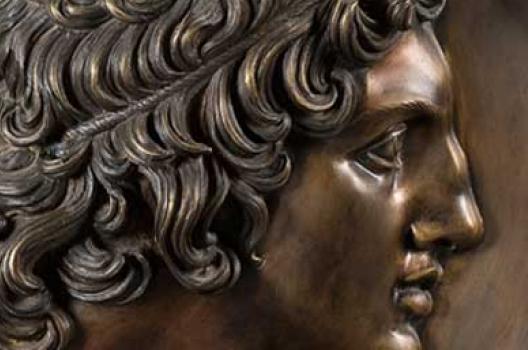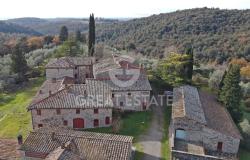words by Gabi Logan
From the 11th of March 2012 through the 27th of May 2012, Il Cassero in Montevarchi (AR) unites 70 rarely-seen works of art in the exhibit "Vincenzo Gemito and Neapolitan Sculpture on the Cusp of the 20th Century", curated by Diego Esposito and Alfonso Panzetta.
Gemito was one of the late 19th-century sculptors known as Neo-Florentines. The group drew their inspiration from Ancient Roman art and Renaissance methods, such as the lost-wax process for bronze casting that Gemito revived. He is most known for his ability to incorporate scenes from modern Neapolitan life into ancient motifs, a style echoed by his contemporaries.
Il Cassero features 12 of his bronzes, including versions of his famous works "Pescatorello" (Little Fisherman), "L'Acquaiolo" (Water Boy), and "Carlo V" (Charles V). Along with 12 works from Giuseppe Renda, who was a dominant force in the community during Gemito's 20-year self-imposed exile, these bronzes formed a unifying thread and reference point for the other Neapolitan artists during this period.
The exhibition highlights both works by significant Neapolitan sculptors, including three of Giovan Battista Amendola's most important pieces, and sculptures by Neapolitan artists better known for their other media, such as the rare bronzes from famous portrait artist Enrico Caruso.
The "Vincenzo Gemito and Neapolitan Sculpture" exhibition showcases Il Cassero's mission to bring rarely-seen and little-known works from the 19th and 20th centuries into public knowledge. Il Casero's permanent collection includes more than 500 drawings and restored bronze, marble, plaster, and terracotta statues.













